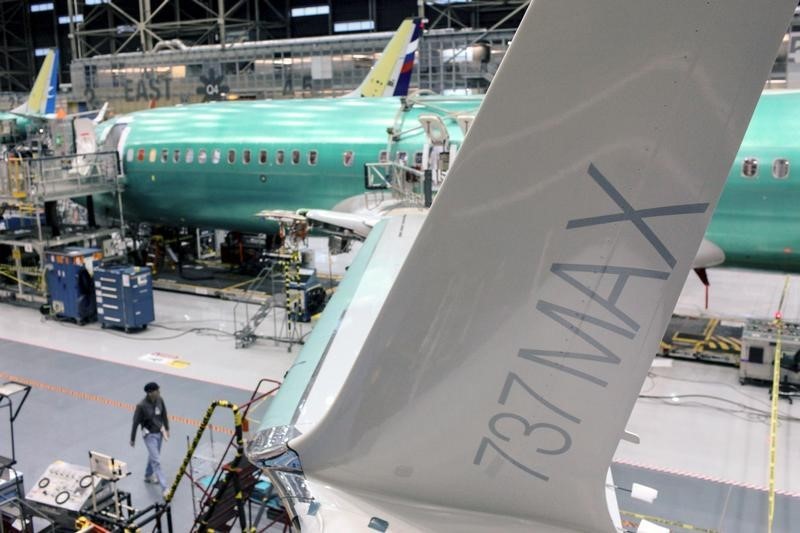© Reuters.
Today, Boeing (NYSE:)’s 2023 Current Market Outlook (CMO) forecasted a need for 42,000 new aircraft and 2.27 million aviation personnel by 2042 due to surging global passenger demand. This surge is particularly prominent in the Asia-Pacific region and China. The company’s representative, Chris Broom, advocated for competency-based training programs by Boeing Global Services and early career development to tackle labor challenges amidst this global fleet expansion.
On Sunday, estimates from Boeing’s CMO and Airbus suggested that the anticipated boost in global passenger traffic, driven by tourism demand and improved service levels, especially in developing markets, would drive the demand for new aircraft. The Revenue Passenger Kilometers (RPK) were measured for five regions.
The Americas, home to some of the world’s largest airlines serving numerous business and leisure travelers, led with the highest RPK for 2042 at 2.2 trillion currently and projected at 4.85 trillion. Europe, inclusive of CIS and with significant traffic from Ryanair and easyJet (LON:) contributing notably to its GDP, reported an RPK of 2 trillion in 2022, expected to exceed 4.7 trillion by 2042.
The Asia-Pacific region, fueled by India’s booming domestic aviation industry and network connectivity growth, noted an RPK of about 1 trillion in 2022, predicted to rise to 4.6 trillion by 2042. Despite ongoing international market challenges, the People’s Republic of China (PRC) recorded a 2022 RPK of approximately 450 billion due to its colossal population, projected to increase to 3.7 trillion by 2042.
Africa and the Middle East are observing new low-cost entrants and massive expansion plans. These regions registered an RPK of about 800 billion in 2022, expected to jump to 2.7 trillion by 2042. Airbus’ Global Market Forecast (GMF) reported a 25% growth in China’s domestic aviation industry after the pandemic recovery. The aviation market in Africa, the Middle East, and India has been stimulated by low-cost carriers, which has resulted in multi-fold passenger growth due to greater air travel accessibility.
In terms of manpower, Europe and Russia will require an increase of 23% in new personnel. The Americas, housing the world’s top three airlines and having the highest RPK of 2.2 billion, will need a 24% increase in personnel focusing on aviation parts manufacturing, distribution, maintenance, and modifications.
This article was generated with the support of AI and reviewed by an editor. For more information see our T&C.
Read the full article here




